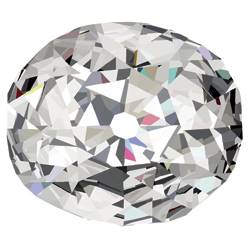
Koh i Noor diamond
India demands return of “cursed” diamond
Posted June 08, 2010 |
A world-famous diamond with a fascinating history is the source of a renewed tug-of-war between India and the British royal family.
Recent developments have reignited a long-standing battle by the Indian Government to have the Koh I Noor diamond returned to its country of origin, where it was associated with Indian royalty for hundreds of years.
The Koh I Noor diamond is a colourless, 109.93-carat stone, currently residing in the Tower of London as part of the British crown jewels.
The renewed claims come on the back of a United Nations-led campaign for the return of historic treasures to their countries of origin.
The momentum of India’s recent campaign prompted the British High Commission in New Delhi to declare the stone would not be returned under any circumstances.
A government spokesman said the diamond had been “legitimately acquired” and its ownership was “non-negotiable”.
The Koh I Noor diamond has been in British possession since 1849, when it was handed over by the East India Company as a tribute to the queen following the Treaty of Lahore.
India claims the stone was illegally acquired, demanding its return along with other treasures looted during colonial rule.
The exact origin of the stone is not clear, although legend suggests the stone dates back to the time of Christ. Historical record can only prove its existence for the past two-and-a-half centuries.
The stone is also said to carry a curse. According to folklore: "He who owns this diamond will own the world, but will also know all its misfortunes. Only God or Woman can wear it with impunity."
Only female royals have worn the stone since its acquisition.
For a full history of the Koh I Noor diamond, visit Jeweller Magazine’s Learn About section.
Have "Your say": Login
and add a comment below